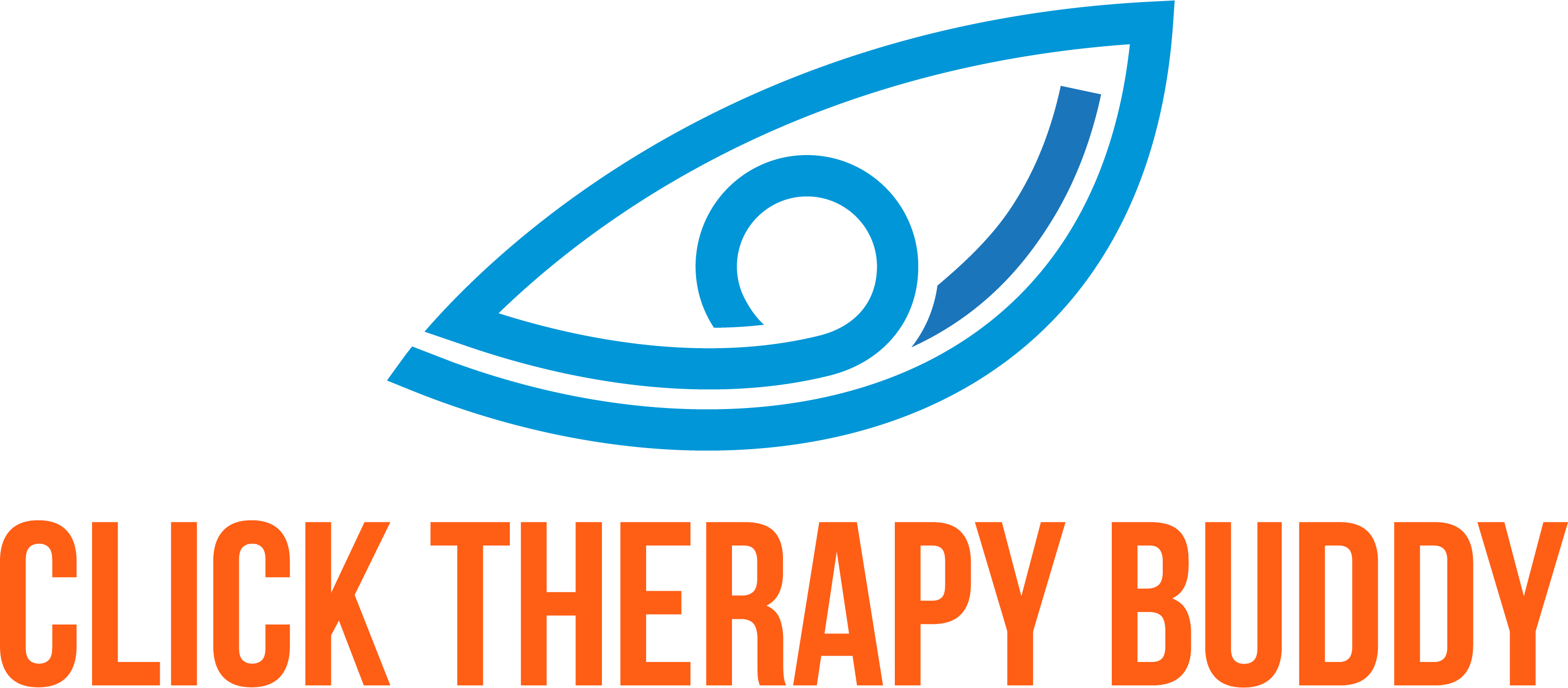Behavioural Activation: A Proven Technique to Transform Mental Health Therapy
Behavioural Activation (BA) is a leading psychological intervention for mental health disorders, particularly depression. BA has gained significant recognition in the field of psychotherapy due to its evidence-based approach and effectiveness in enhancing the overall mental health of clients. For therapists seeking to diversify their treatment repertoire, this article aims to provide a comprehensive introduction to Behavioural Activation, its underlying principles, and supporting empirical evidence.
The Foundation of Behavioural Activation
At its core, Behavioural Activation is a well-validated, structured, and action-oriented approach rooted in behavioural theories of depression (Lewinsohn, 1974). It is grounded in the fundamental understanding that there is a strong relationship between one’s behaviour and mental health. Specifically, BA hypothesises that depression results from a lack of positive reinforcement and an increase in aversive experiences (Martell, Addis & Jacobson, 2001). These experiences often manifest in the form of avoidance or withdrawal behaviours that subsequently exacerbate depressive symptoms.
The primary aim of BA is to identify and alter these maladaptive behavioural patterns, thereby enhancing clients’ overall functioning and reducing depressive symptoms. This is achieved by focusing on activating clients to engage in adaptive and meaningful activities, while systematically reducing their avoidance and withdrawal behaviours (Martell et al., 2001).
The Process of Behavioural Activation
BA begins with a thorough assessment of clients’ current behaviours and associated environmental contingencies. Therapists collaborate with clients to develop individualised treatment plans that incorporate personally meaningful, goal-directed activities. In this process, the client takes an active role in identifying and choosing these activities to encourage a sense of ownership and motivation.
Throughout BA, therapists employ various techniques to support clients in overcoming their avoidance and withdrawal tendencies. Techniques include activity scheduling, mastery and pleasure ratings, goal setting, and behavioural experiments (Dimidjian et al., 2011). As clients engage in adaptive behaviours, they begin to experience increased positive reinforcement and a reduction in aversive experiences. This gradual shift in their behavioural patterns facilitates a long-lasting improvement in mental health.
Empirical Evidence Supporting Behavioural Activation
The effectiveness of BA is well-documented in numerous peer-reviewed studies. A seminal randomised controlled trial by Dimidjian et al. (2006) compared BA to cognitive therapy (CT) and antidepressant medication (ADM) for the treatment of major depressive disorder (MDD). The study found that BA was as effective as both CT and ADM, suggesting that BA offers a viable alternative for treating MDD. Moreover, BA demonstrated a faster rate of response compared to CT, which may be especially beneficial for clients with severe depression.
Further studies have confirmed the efficacy of BA for various populations, including adolescents (Pass et al., 2018), older adults (Wiles et al., 2013), and individuals with comorbid anxiety (Ekers et al., 2014). A meta-analysis of 26 studies by Cuijpers et al. (2007) found that BA was equally effective as cognitive behavioural therapy (CBT) in treating depression. This robust evidence base highlights the versatility and effectiveness of BA across diverse populations and settings.
Conclusion
In summary, Behavioural Activation is a well-established, evidence-based psychological intervention for mental health disorders, particularly depression. By targeting maladaptive behaviours and reinforcing adaptive ones, BA offers a practical and effective means to enhance clients’ mental health. For therapists looking to broaden their range of treatments, incorporating Behavioural Activation into their practice is a valuable and scientifically supported choice.


 %nbsp;
%nbsp;  %nbsp;
%nbsp;  %nbsp;
%nbsp;  %nbsp;
%nbsp;  %nbsp;
%nbsp;  %nbsp;
%nbsp;  %nbsp;
%nbsp;  %nbsp;
%nbsp; 
2 Comments
Martha Stewart
Posted 22/04/2016 07:37Great story. It really is an inspiration to the youth.
Thank you! Please keep in touch for theme updates.
Comments are closed.